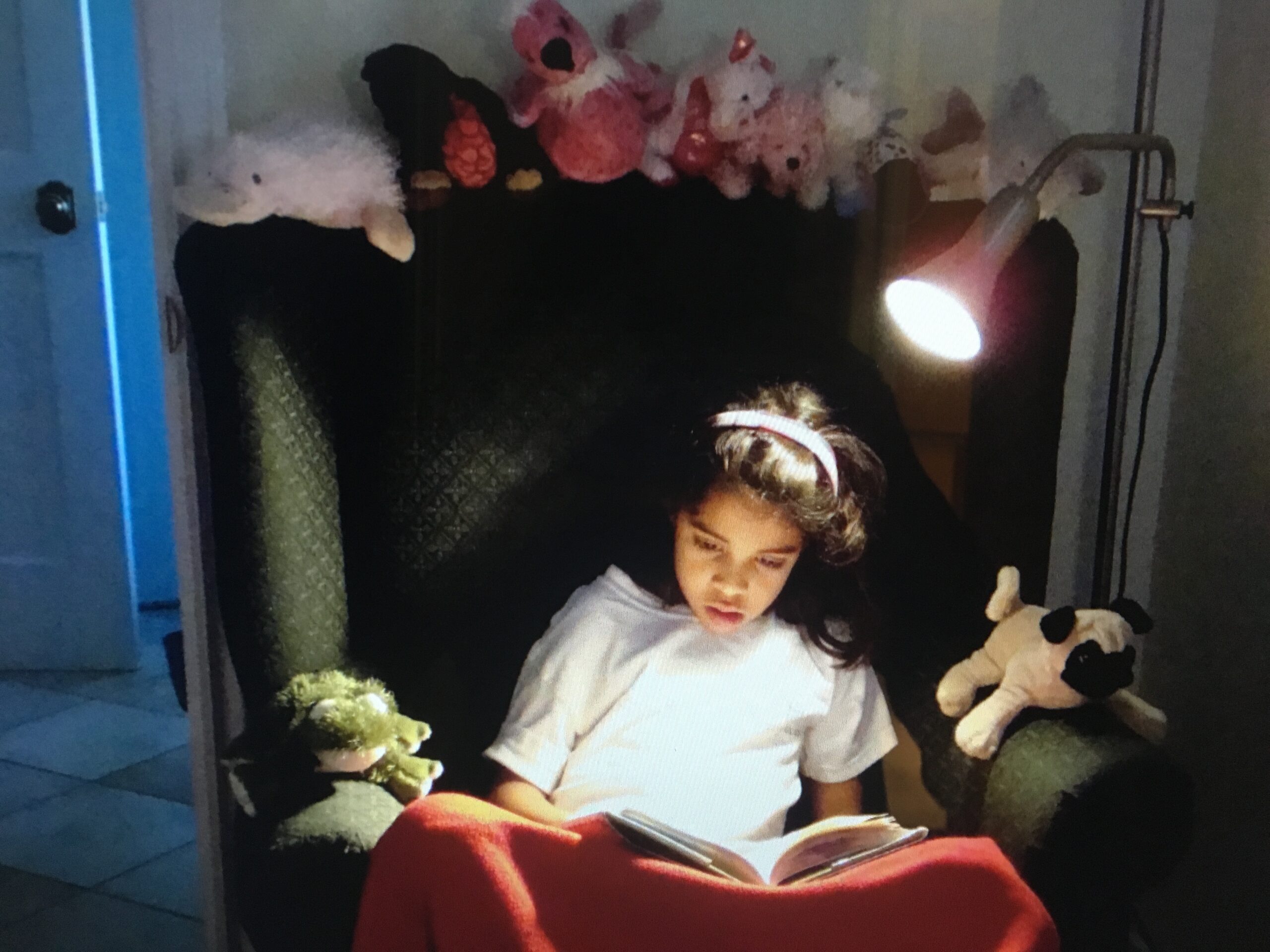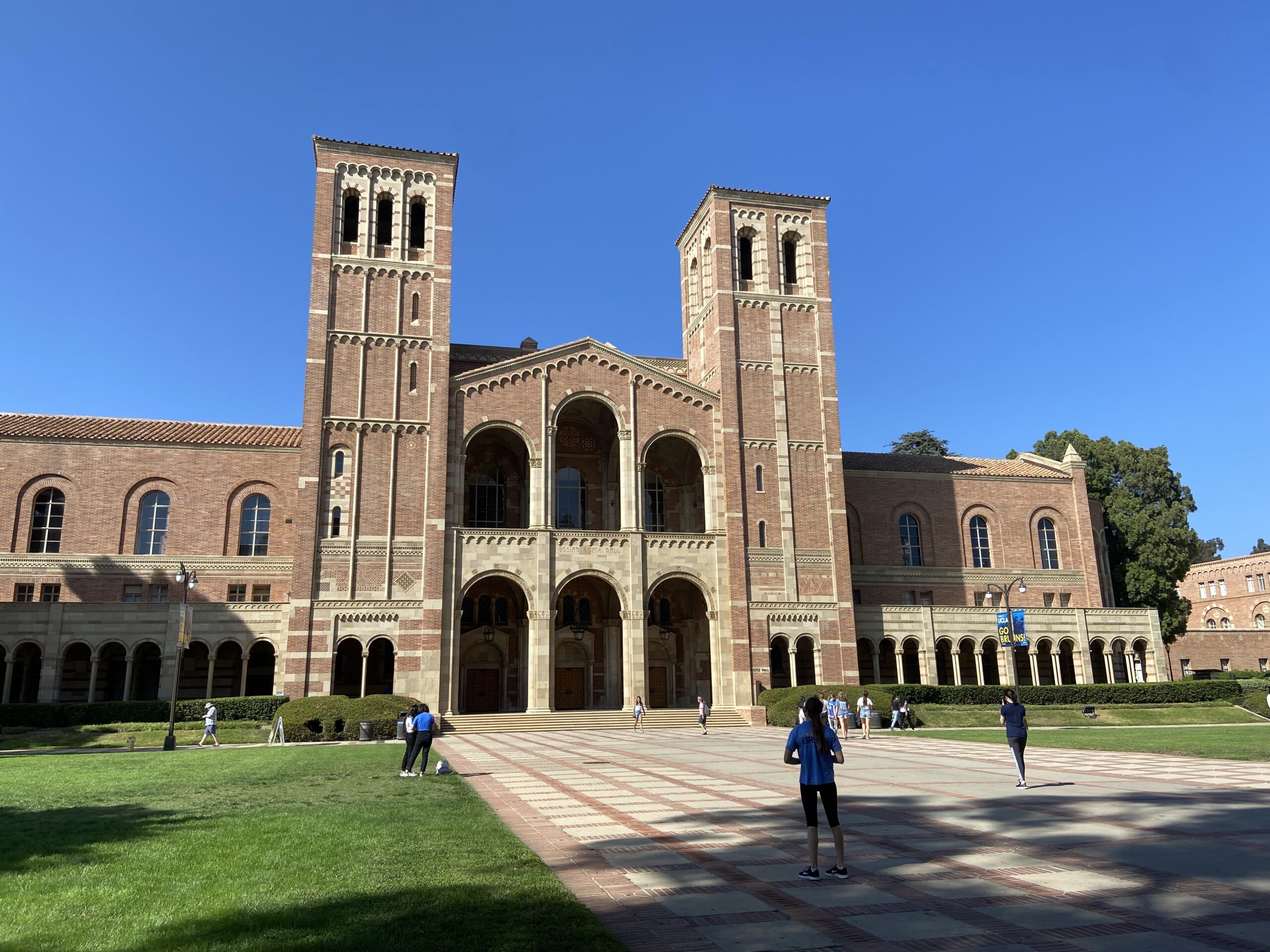Education stands as a cornerstone in our society, with a staggering 75.2 million students currently enrolled in schools across the United States. However, when students feel otherized in their academic settings (often due to racial or cultural differences), it can restrict their ability to reach full potential. Students of color experience higher rates of impostor syndrome than their white counterparts. It is essential that we enrich the education system – ensuring diversity without reducing students and teachers to mere tokens or the outcomes of affirmative action. By doing so, our students can learn from global, diverse perspectives as they develop into the people they will become.
The significance of diversity extends beyond the composition of the student body; it equally hinges on the diversification of educators; 8 in 10 US public school teachers are white. On a personal level, 95 percent of the teachers I’ve had throughout my life have been white. Seeing representation in academia allows BIPOC groups to feel a sense of belonging in the programs, and grants them the space to envision their futures within those realms.
Ethnically, I’m Indian, and a second-generation Canadian immigrant. My parents, originally from Kenya, immigrated to Canada when they were young. I grew up in a city just north of Toronto, Ontario, called Markham, where the population makeup was 72% BIPOC communities – the highest visible BIPOC population of any Canadian city. Living in this diverse environment, both within my community and school, I never experienced a sense of displacement. I was not highly conscious of my race until my mid-to-late teenage years. Surprisingly, it was my college years where I felt my identity was defined by my race, rather than it being one of the many interesting things about me.

Throughout my life, my identity has been intricately tied to my academic achievements. It extended beyond good grades, to whether teachers validated me, or students liked me. I was trying as many co-curricular activities as possible. This may sound stressful, but I enjoyed being busy and connecting with those around me, and I loved school. School, to me, was not just a place of learning but a haven where I felt most at ease. It wasn’t until I arrived at UCLA that I had my first experience of feeling out of place in an academic setting.
There were many reasons for this feeling of displacement. Moving away from home is difficult, and classes are often overwhelming at first. However, beneath these surface difficulties, one persistent thought cast a shadow over my entire experience: I truly thought that I was an affirmative action admission into UCLA’s theater program. As the only South Asian theater student in my class, I felt like a token, like the checking of a racial box. This led to intense impostor syndrome that took almost two years to beat. Because of my extreme minority status in this community, I worried that my race had gotten me through the door, rather than my merit. Despite doing well in classes, I didn’t know whether I truly deserved to be there.
UCLA stands as a notably diverse school and can be wonderfully inclusive. It has a high Asian and Asian American population (26 percent Asian, whereas it is 27.4 percent white). While the university as a whole prides itself on its diverse community, the specific program I participated in did not mirror this demographic mix; it left me feeling slightly out of place in most of my classes. Race does underlie our everyday experiences and interactions, especially when you are a BIPOC in an academic space.

Much like countless college students, I have searched extensively to find belonging in my new community. I considered joining an Indian American student union but didn’t feel Indian or American enough. Instead, I found friends from all races and ethnicities through classes, clubs, and housing. UCLA provided me with the wonderful opportunity to meet people from such a wide range of backgrounds. While I found a community where I felt accepted, a heightened awareness of my racial differences lingered. After switching to English and philosophy studies, I felt an even greater sense of belonging- I began to reconnect with my cultural identity, researching and talking with relatives to gain a better understanding of where I came from.
The impact of diversity in education is truly remarkable; I went from feeling like an impostor to being a social, well-adjusted student once I felt that sense of connection and belonging. This newfound connection reignited my love for classes and facilitated meaningful connections with my classmates.

Over half of college students feel impostor syndrome. Although this may be for a variety of reasons, a lack of diversity can exacerbate a student’s feeling of being an outsider. Too many marginalized students lack a sense of belonging in education. Katia Choi, an Asian-American theater student at UCLA agreed: “Because I am a person of color, I feel that I have to constantly acknowledge that there’s often a difference in how I’m perceived, especially in the theater community.” This constant awareness of race is not something that should make a student feel self-conscious and otherized.
Author’s concluding note: It is vital that workplaces and schools are diverse, because students should never feel like they don’t fit in their learning environment. Impostor syndrome can prevent students from reaching their full potential, and no student should wonder if they are just checking an ethnicity box.
 Alyana Nurani is a Los Angeles-based writer/contributor at MTG, a Seattle-based media outlet and independent production house covering global stories and perspectives. She covers the social impact beat. Her email is [email protected].
Alyana Nurani is a Los Angeles-based writer/contributor at MTG, a Seattle-based media outlet and independent production house covering global stories and perspectives. She covers the social impact beat. Her email is [email protected].
(Featured image photo credit: Lightstock)
